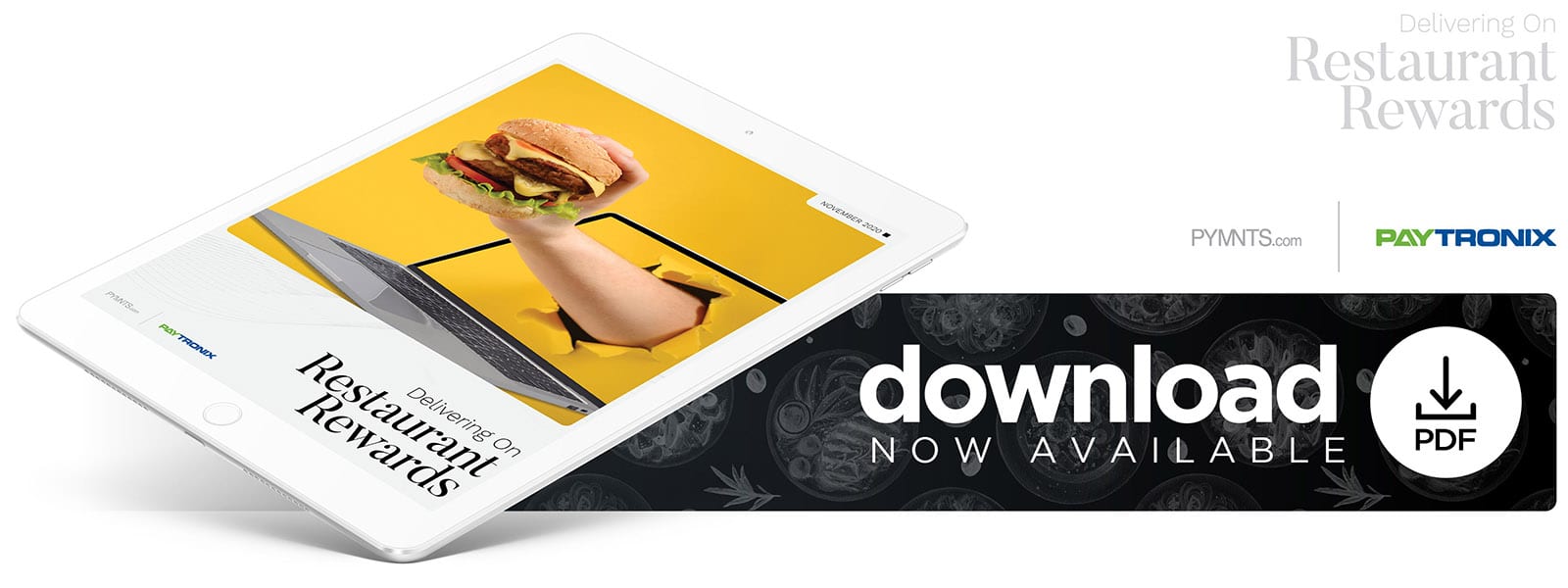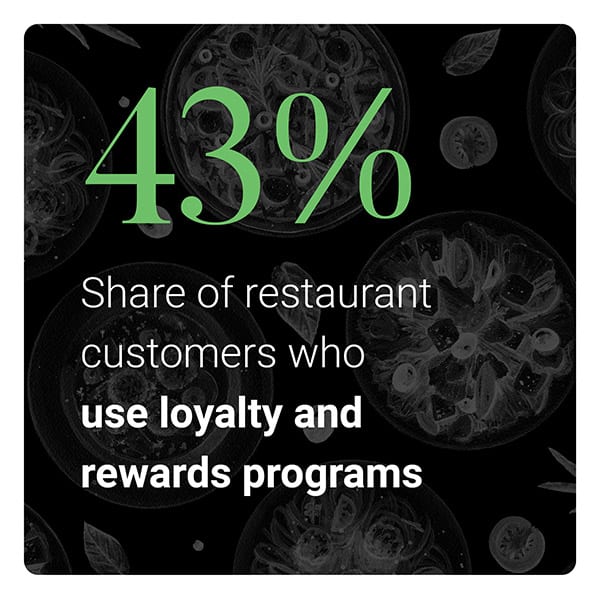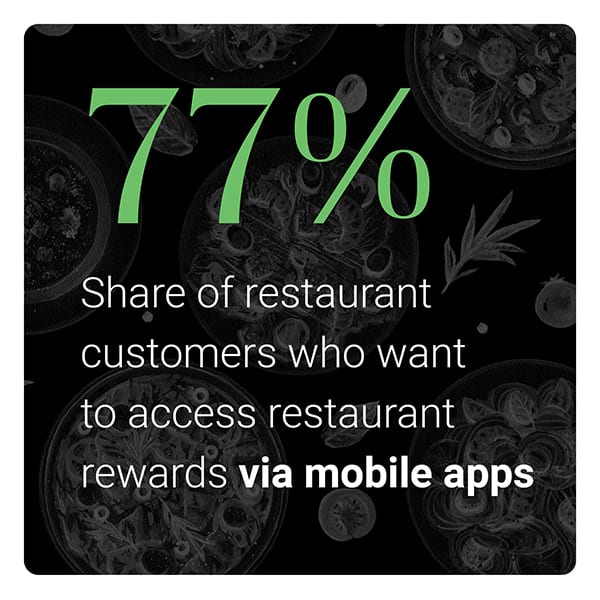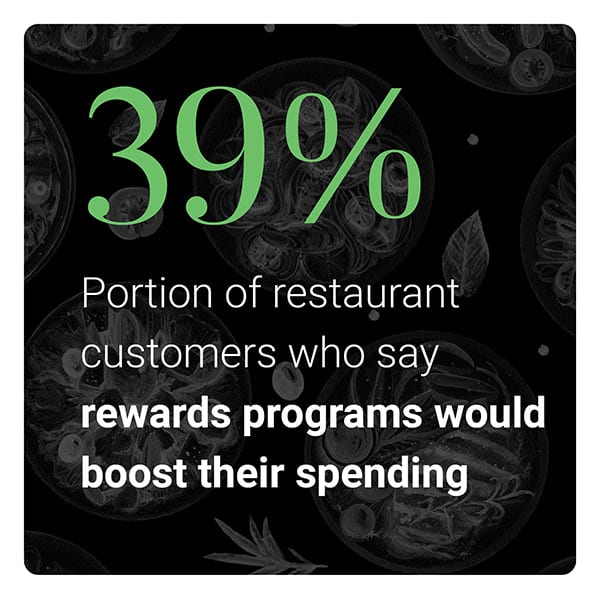NEW DATA: 44 Million Consumers Want Rewards, But Restaurants Aren’t Delivering

 The restaurant business has changed dramatically in the past six months, and so have customers’ habits.
The restaurant business has changed dramatically in the past six months, and so have customers’ habits.
Many eateries have adopted digital ordering options to meet consumers’ rising demands for home delivery and curbside pickup, and customers themselves are branching out with new ways to order, pay for and receive their items. Many consumers have turned to mobile apps for these activities, while others have stuck with the more traditional approach of calling in orders over the phone.
 At least one facet of the food ordering experience does not seem to be changing much: Restaurant customers still like being rewarded for their patronage. Eighty-six million restaurant customers (43 percent) across the United States now use eateries’ loyalty and rewards programs, with millennials being the heaviest users of all.
At least one facet of the food ordering experience does not seem to be changing much: Restaurant customers still like being rewarded for their patronage. Eighty-six million restaurant customers (43 percent) across the United States now use eateries’ loyalty and rewards programs, with millennials being the heaviest users of all.
As consumers’ food ordering and payment preferences expand, restaurants are facing increasing market pressure to provide various loyalty and rewards programs to meet their distinct purchasing needs. So, what does the ideal restaurant loyalty and rewards program look like in this new, digital-first market, and how can restaurants ensure that they are giving customers opportunities to engage with the programs as they choose?
The Delivering On Restaurant Rewards report, a PYMNTS and Paytronix collaboration, delivers a fresh take on how U.S. consumers are ordering their food and how they want to be rewarded for their patronage. PYMNTS surveyed a census-balanced panel of 2,089 U.S. consumers to examine firsthand the types of rewards programs that restaurant consumers use, which types they seek and how they want to access their perks. These insights highlight how restaurants can tailor their loyalty and rewards offerings to better serve their customers and earn new patrons.
want to access their perks. These insights highlight how restaurants can tailor their loyalty and rewards offerings to better serve their customers and earn new patrons.
The study shows that rewards programs are the single most effective way for restaurants to boost customer spending, with 38.6 percent of all restaurant customers saying they would be likelier to spend more on food orders if they were offered rewards programs. The ability to order food online and the ability to pay for it digitally were a close second and third, cited by 38.5 percent and 37.6 percent of restaurant customers, respectively.
PYMNTS also discovered that more channels are better when it comes to offering rewards programs. The most common way consumers want to access such programs is through the mobile apps supported by their restaurants or third-party providers. There are many consumers who would still like to engage with rewards programs through their phones via text messaging or even traditional phone calls, however. Research reveals that 76.7 percent of all restaurant customers would like to engage with  rewards programs via app, while 63.1 percent would like to have rewards sent to their phones. We also found that 46.7 percent would like to be rewarded every time they submit card payments, underscoring the diverse means through which consumers want to receive rewards — and why restaurants must work to offer these numerous options.
rewards programs via app, while 63.1 percent would like to have rewards sent to their phones. We also found that 46.7 percent would like to be rewarded every time they submit card payments, underscoring the diverse means through which consumers want to receive rewards — and why restaurants must work to offer these numerous options.
These are just a few of the findings that detail consumers’ shifting rewards expectations as the restaurant industry goes digital first. To learn more about what it takes for restaurants to build loyalty and rewards programs that can give them a competitive edge, download the report.